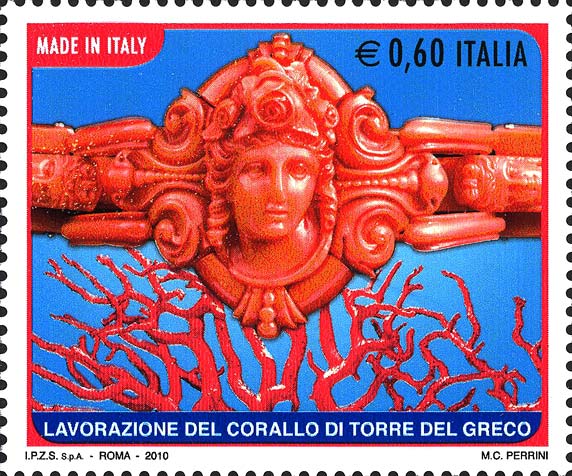
Most stamps have a rectangular or square shape.
The "penny black" was rectangular with the base represented by one of the narrowest sides and this form was replicated by the other countries to their first emissions.
In 1843, Brazil, with the issue of its "Occhi di bue", was the first country to use the rectangular shape with the base formed on the longest side.
The first circular stamp was issued in Italy by the Grand Duchy of Tuscany on 1 October 1854.
It was composed of an extraordinary double circle stamp printed on very thin yellow paper containing colored anti-counterfeiting threads.
The first really square stamp was also issued in Italy in the Duchy of Modena on 18 February 1859.
It was a value for newspapers and it brought back in the vineyard the east eagle crowned inside a circle and surrounded by the written "tassa gazzette cent. 10".
The first triangular stamp was issued in 1853 by the Head of Good Hope.
There are then stamps in the form of fruit, heart, rhombus, heraldic coat of arms.
Another unusual form is that of a Sierra Leone stamp in the form of a gold eagle printed with relief on black background, with a self-adhesive glue and protected by a removable paper leaflet.
There is no prefixed rule as they are the various philosophic marketing policies of broadcast countries to decide, from time to time, the geometric form.
